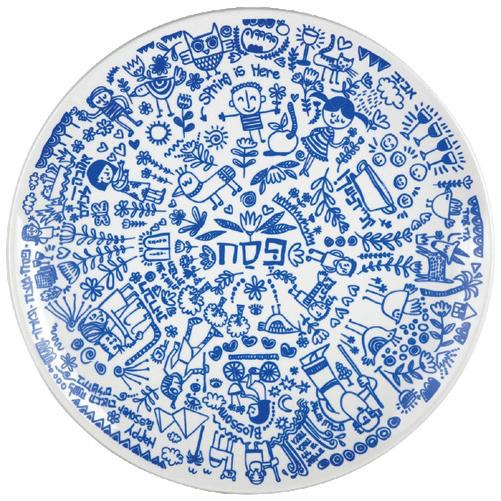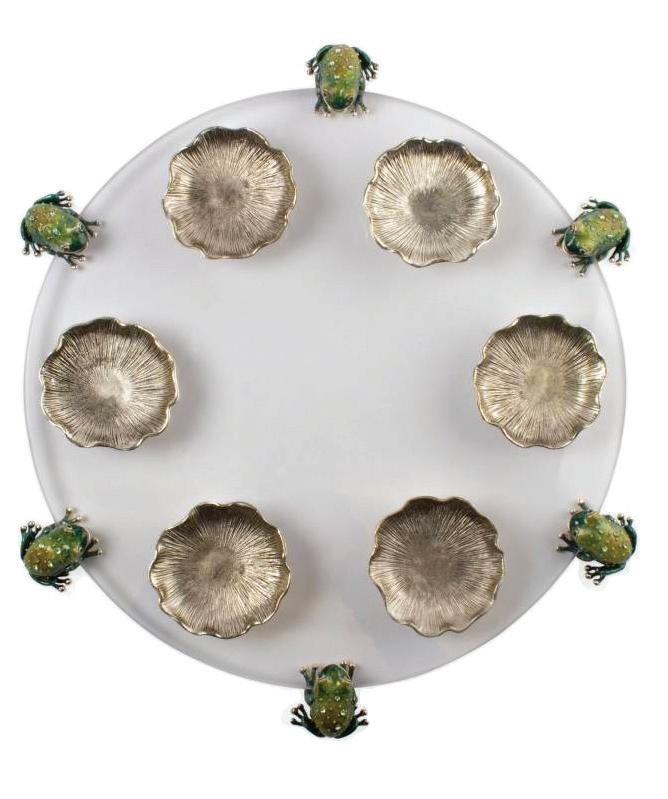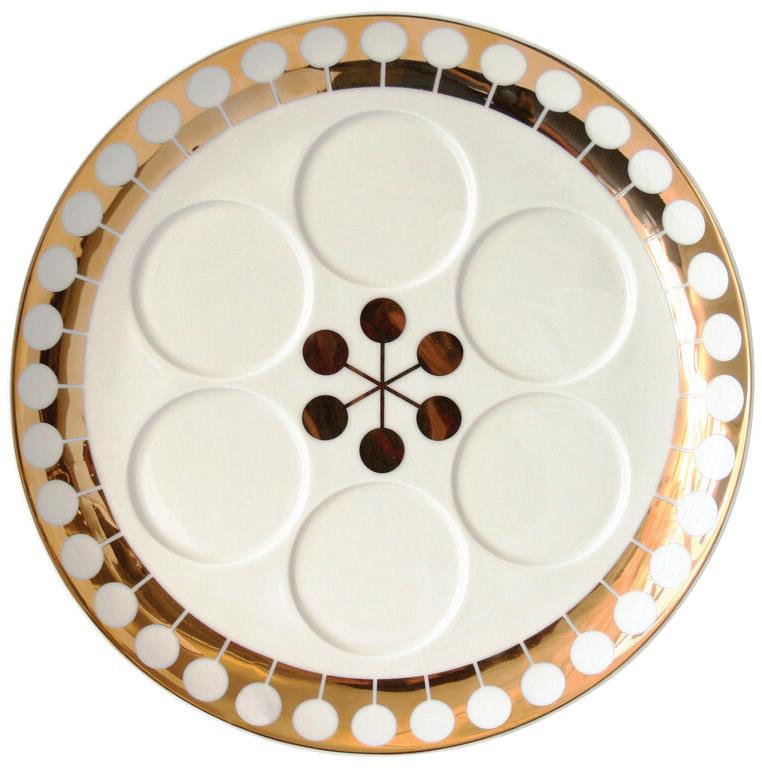
1 minute read
PASSOVER A seder plate for every table
A SEDER plate for every table Te seder plate is the centerpiece of the Passover table. It holds at least six of the ritual items spoken of during the seder: the zeroah, karpas, maror, chazeret, charoset and beitzah. BARBARA SHAW ETSY ISRAELI JUDAICA

ZEROAH (SHANK BONE) A roasted lamb shank bone symbolizes the lamb sacrifce made as a special ofering the night the ancient Hebrews fed Egypt. A roasted beet may be used as a substitute.
KARPAS (VEGETABLE) Karpas is a green vegetable, usually parsley (though any spring green will do). It represents new growth and the coming of spring.
MAROR AND CHAZERET (BITTER HERBS) Any bitter herb will work, though horseradish is the most common. Te herb is meant to bring tears to the eyes and recall the bitterness of slavery. Often romaine lettuce is used as the second bitter herb.

CHAROSET A sweet concoction of apples, nuts, red wine and cinnamon that represents the mortar used by the Hebrew slaves to make bricks.
BEITZAH (EGG) A roasted egg stands in place of one of the sacrifcial oferings that would be ofered on every holiday (including Passover) when the Temple stood. Te roundness of the egg also represents the cycle of life and renewal.
Some Jews add additional items to the seder plate to symbolize modern liberation struggles. Te most common new item is an orange, which honors the role of women or gays and lesbians in Jewish life. Te orange symbolizes the fruitfulness that these previously marginalized communities bring to Jewish life.

MICHAEL ARAM




LAURA COWEN TZEFARDEIA


JONATHAN ADLER










